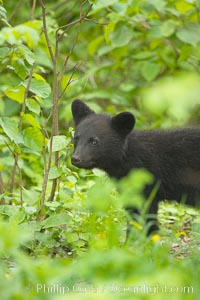
Black bear cub. Black bear cubs are typically born in January or February, weighing less than one pound at birth. Cubs are weaned between July and September and remain with their mother until the next winter.
Species: American black bear, Ursus americanus
Location: Orr, Minnesota
Image ID: 18893
Species: American black bear, Ursus americanus
Location: Orr, Minnesota
Image ID: 18893
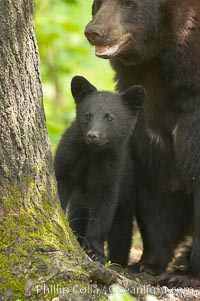
Black bear cub. Black bear cubs are typically born in January or February, weighing less than one pound at birth. Cubs are weaned between July and September and remain with their mother until the next winter.
Species: American black bear, Ursus americanus
Location: Orr, Minnesota
Image ID: 18940
Species: American black bear, Ursus americanus
Location: Orr, Minnesota
Image ID: 18940
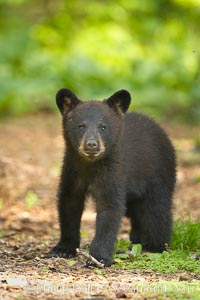
Black bear cub. Black bear cubs are typically born in January or February, weighing less than one pound at birth. Cubs are weaned between July and September and remain with their mother until the next winter.
Species: American black bear, Ursus americanus
Location: Orr, Minnesota
Image ID: 18941
Species: American black bear, Ursus americanus
Location: Orr, Minnesota
Image ID: 18941
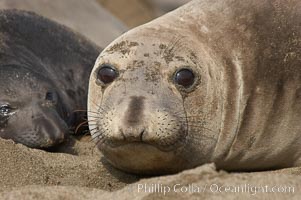
Female elephant seal, hauled out on the sandy beach rookery, will give birth to a pup then mate, and return to the ocean 27 days after giving birth. Winter, Central California.
Species: Elephant seal, Mirounga angustirostris
Location: Piedras Blancas, San Simeon, California
Image ID: 15472
Species: Elephant seal, Mirounga angustirostris
Location: Piedras Blancas, San Simeon, California
Image ID: 15472
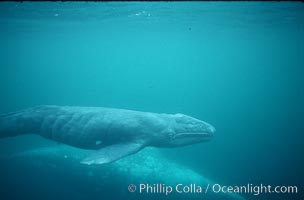
Gray whale, neonate calf, Monterey.
Species: Gray whale, Eschrichtius robustus
Location: Big Sur, California
Image ID: 05772
Species: Gray whale, Eschrichtius robustus
Location: Big Sur, California
Image ID: 05772
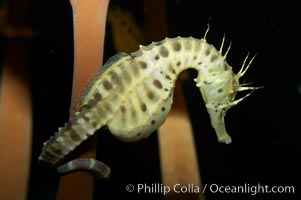
Pot-bellied seahorse, male, carrying eggs. The developing embryos are nourished by individual yolk sacs, and oxygen is supplied through a placenta-like attachment to the male. Two to six weeks after fertilization, the male gives birth. The babies must then fend for themselves, and few survive to adulthood.
Species: Pot-bellied seahorse, Hippocampus abdominalis
Image ID: 11895
Species: Pot-bellied seahorse, Hippocampus abdominalis
Image ID: 11895
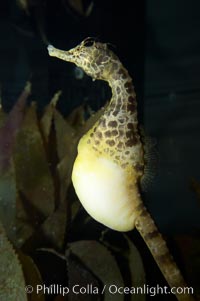
Pot-bellied seahorse, male, carrying eggs. The developing embryos are nourished by individual yolk sacs, and oxygen is supplied through a placenta-like attachment to the male. Two to six weeks after fertilization, the male gives birth. The babies must then fend for themselves, and few survive to adulthood.
Species: Pot-bellied seahorse, Hippocampus abdominalis
Image ID: 11896
Species: Pot-bellied seahorse, Hippocampus abdominalis
Image ID: 11896
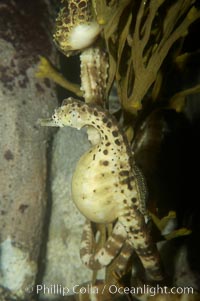
Pot-bellied seahorse, male, carrying eggs. The developing embryos are nourished by individual yolk sacs, and oxygen is supplied through a placenta-like attachment to the male. Two to six weeks after fertilization, the male gives birth. The babies must then fend for themselves, and few survive to adulthood.
Species: Pot-bellied seahorse, Hippocampus abdominalis
Image ID: 11029
Species: Pot-bellied seahorse, Hippocampus abdominalis
Image ID: 11029
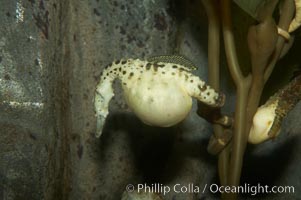
Pot-bellied seahorse, male, carrying eggs. The developing embryos are nourished by individual yolk sacs, and oxygen is supplied through a placenta-like attachment to the male. Two to six weeks after fertilization, the male gives birth. The babies must then fend for themselves, and few survive to adulthood.
Species: Pot-bellied seahorse, Hippocampus abdominalis
Image ID: 11030
Species: Pot-bellied seahorse, Hippocampus abdominalis
Image ID: 11030